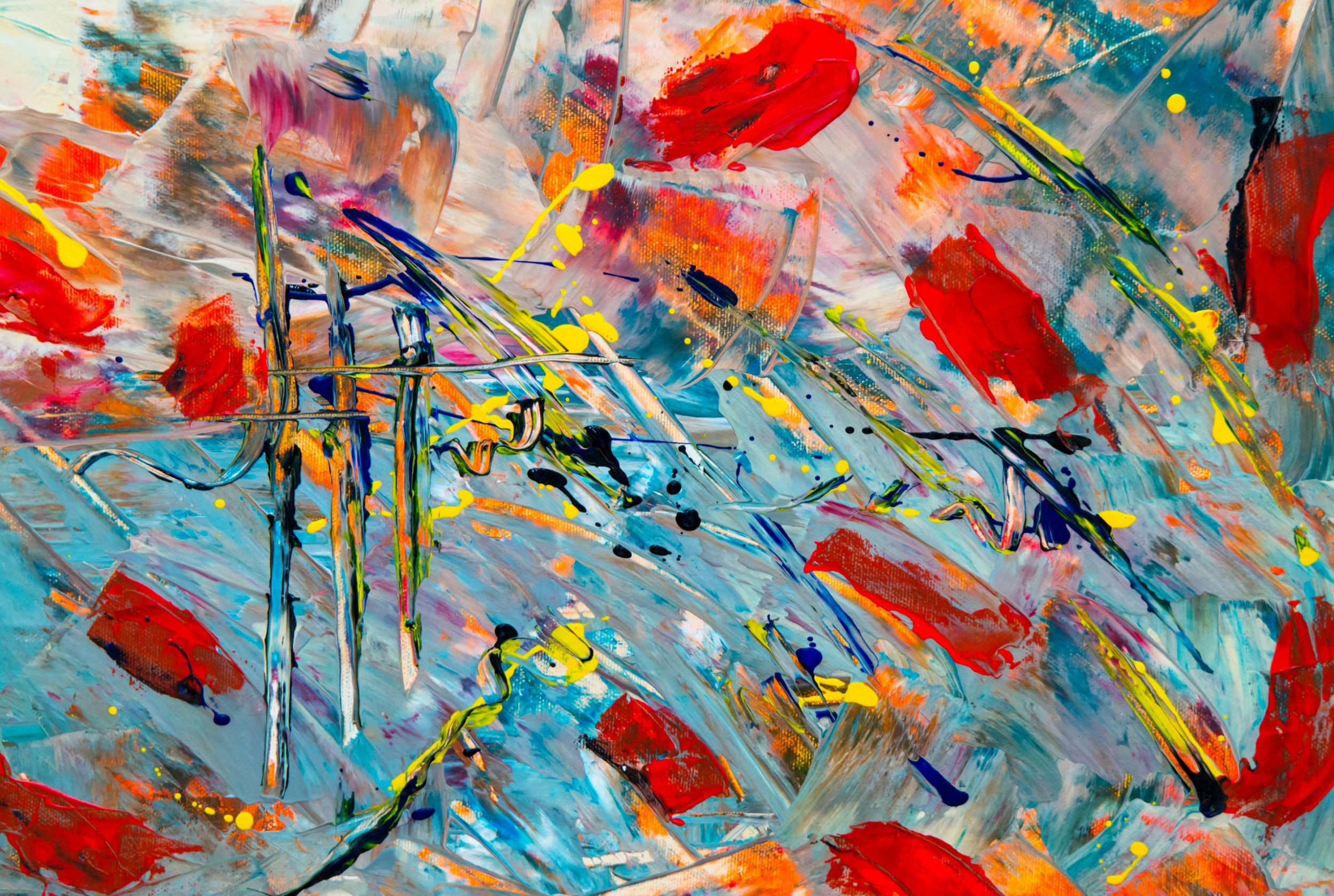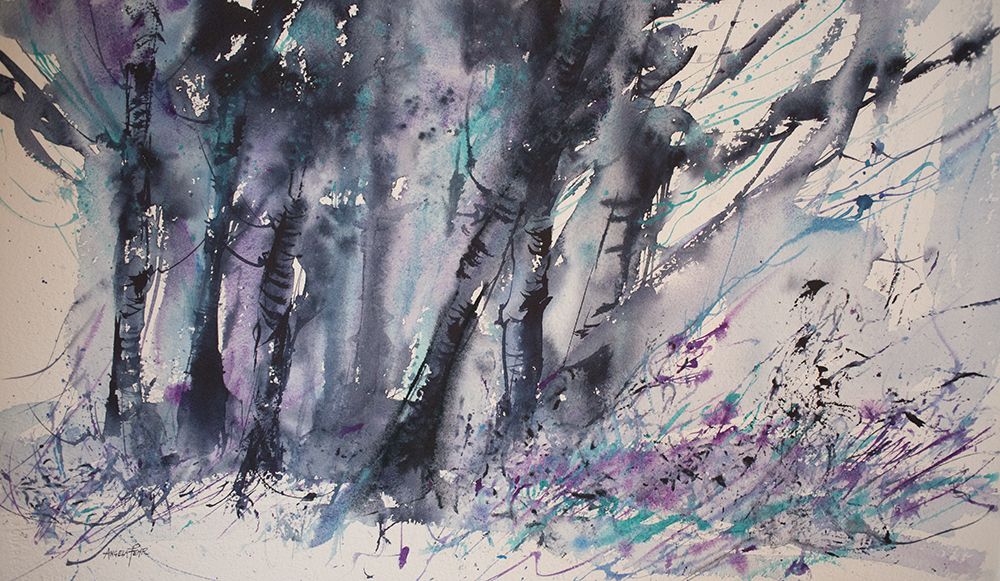Abstract art is a unique and captivating form of artistic expression that can evoke a wide range of emotions and interpretations. For beginners, appreciating abstract art can seem daunting, but with the right mindset and approach, anyone can learn to love and understand this fascinating genre.
Understanding Abstract Art
Unlike traditional art forms that aim to depict the world realistically, abstract art focuses on shapes, colors, and forms that are often non-representational or distorted. This allows the artist to convey complex ideas and emotions through a more subjective lens, inviting the viewer to engage with the artwork on a deeper level.
Exploring Your Reactions
When viewing abstract art, it’s important to trust your instincts and let your emotions guide you. Instead of trying to “figure out” the artwork, focus on how it makes you feel. Does it excite you, confuse you, or evoke a sense of calm? Pay attention to these reactions, as they can provide valuable insights into the artist’s intentions and your own personal preferences.
Appreciating Techniques
Abstract artists use a variety of techniques to create dynamic and visually striking compositions. Look for elements such as brushstrokes, texture, and layering, as well as the use of negative space and balance. By understanding the artist’s technical choices, you can gain a deeper appreciation for the artwork and the creative process behind it.
Engaging with the Artwork
When viewing abstract art, don’t be afraid to ask questions and seek out additional information. Research the artist’s background, influences, and artistic philosophy to gain a better understanding of their work. Attend gallery openings, art fairs, and exhibitions to see abstract art in person and engage with other art enthusiasts.
Building Your Collection
As your appreciation for abstract art grows, consider starting your own art collection. Begin by exploring local art galleries, online platforms, and art fairs to discover emerging and established artists. Look for pieces that resonate with you personally and fit your budget, whether it’s a small print or a larger canvas painting.
By following this beginner’s guide to appreciating abstract art, you can develop a deeper connection with this vibrant and expressive art form. Remember to keep an open mind, trust your instincts, and embrace the beauty of abstraction in all its forms.

